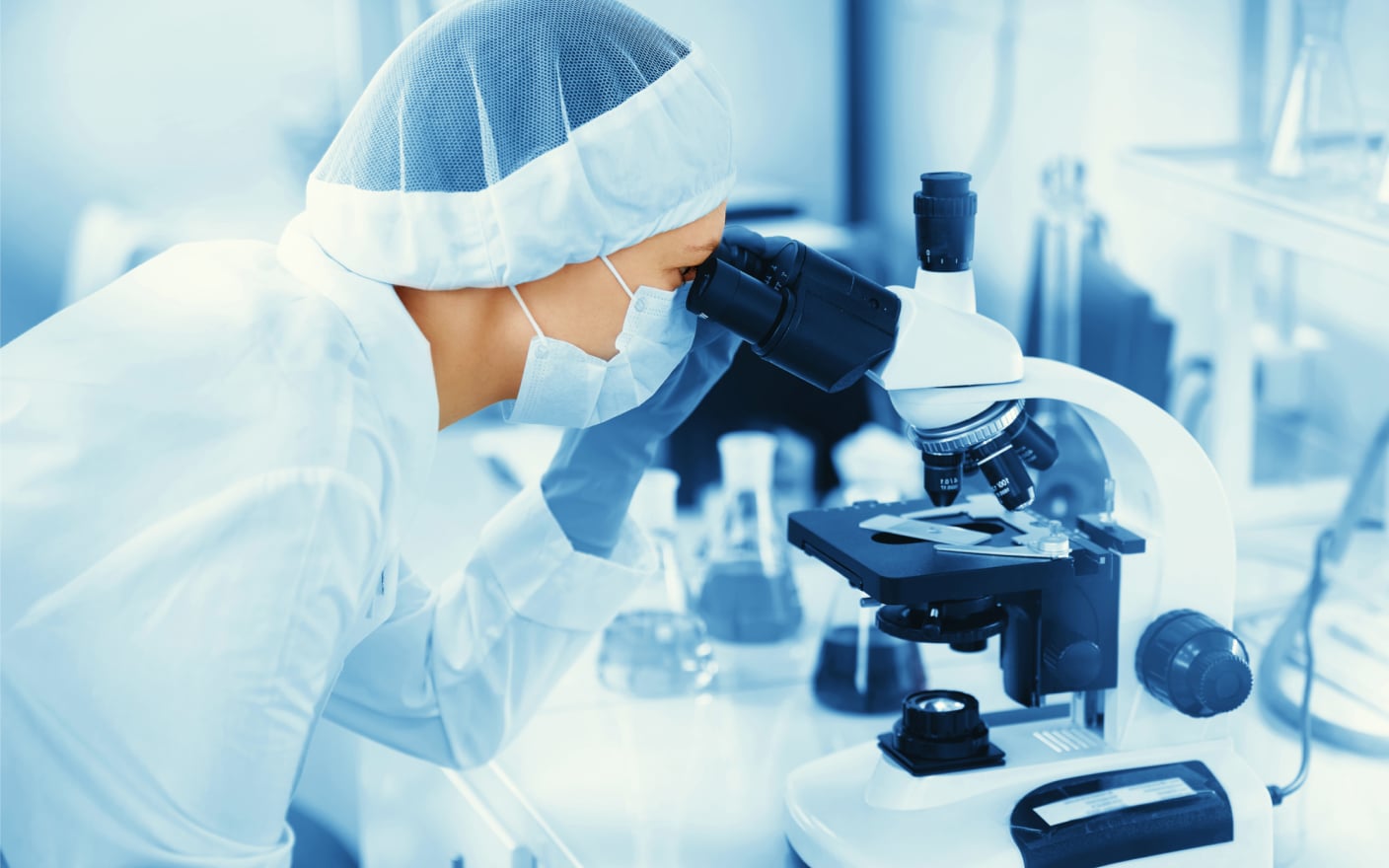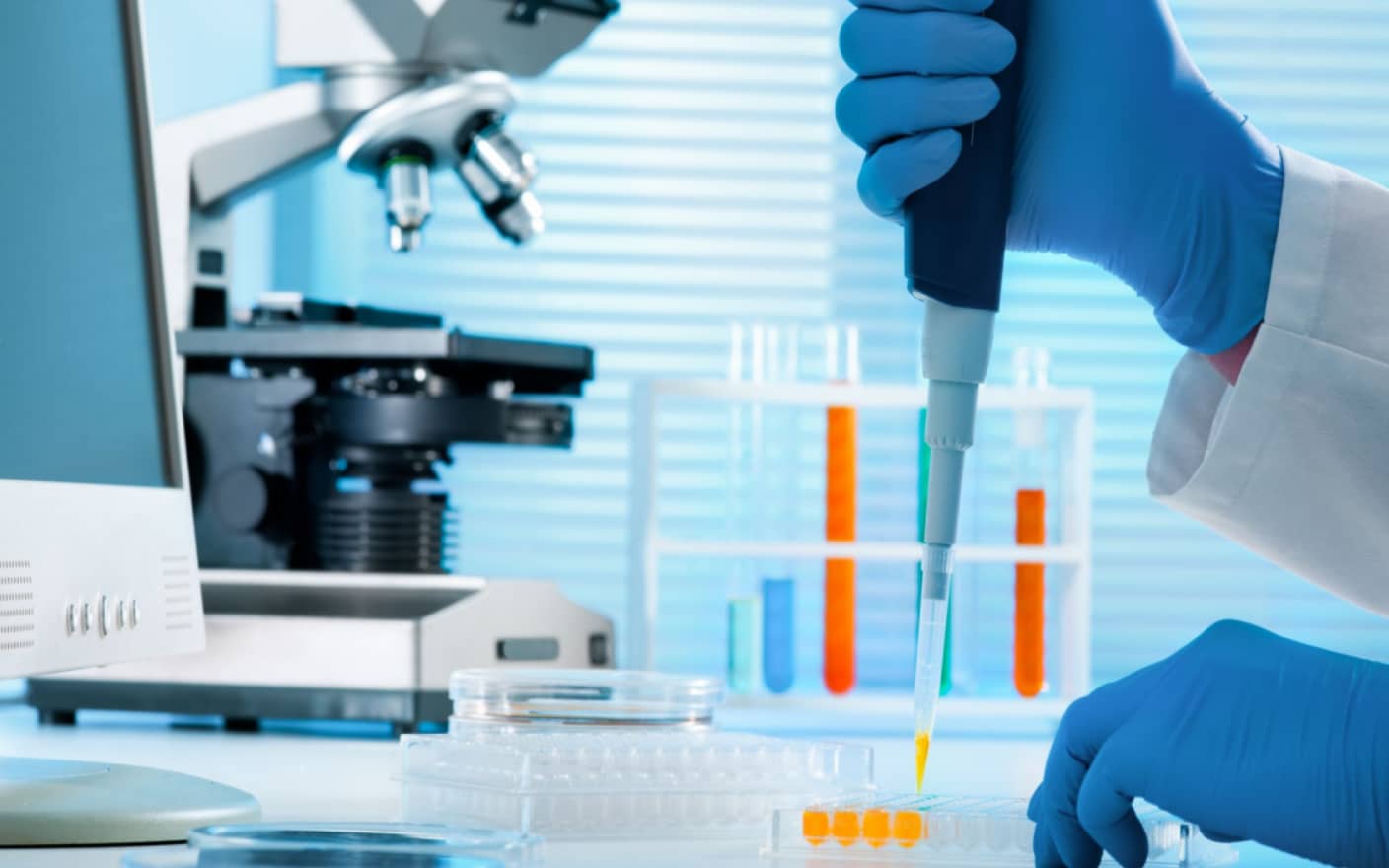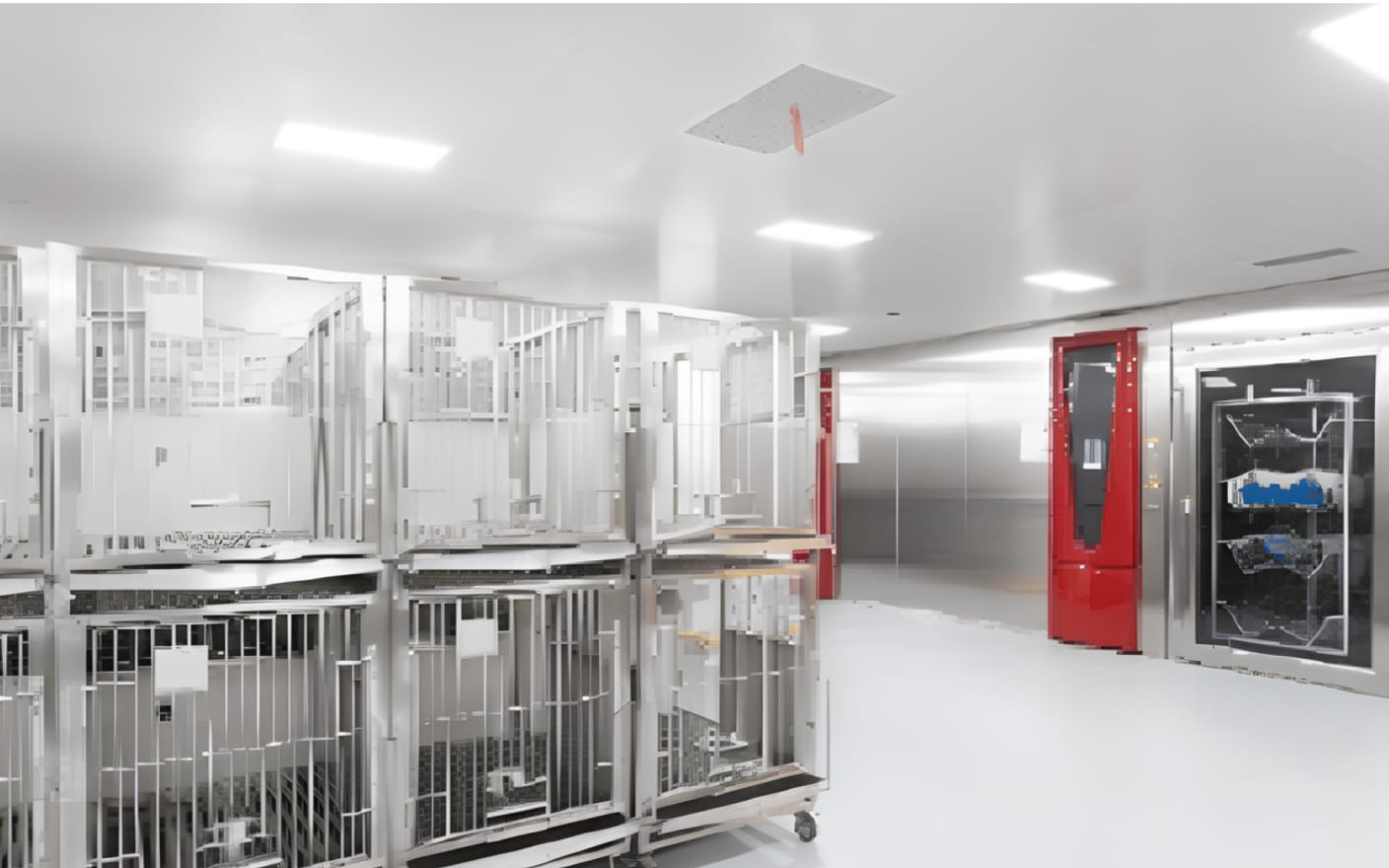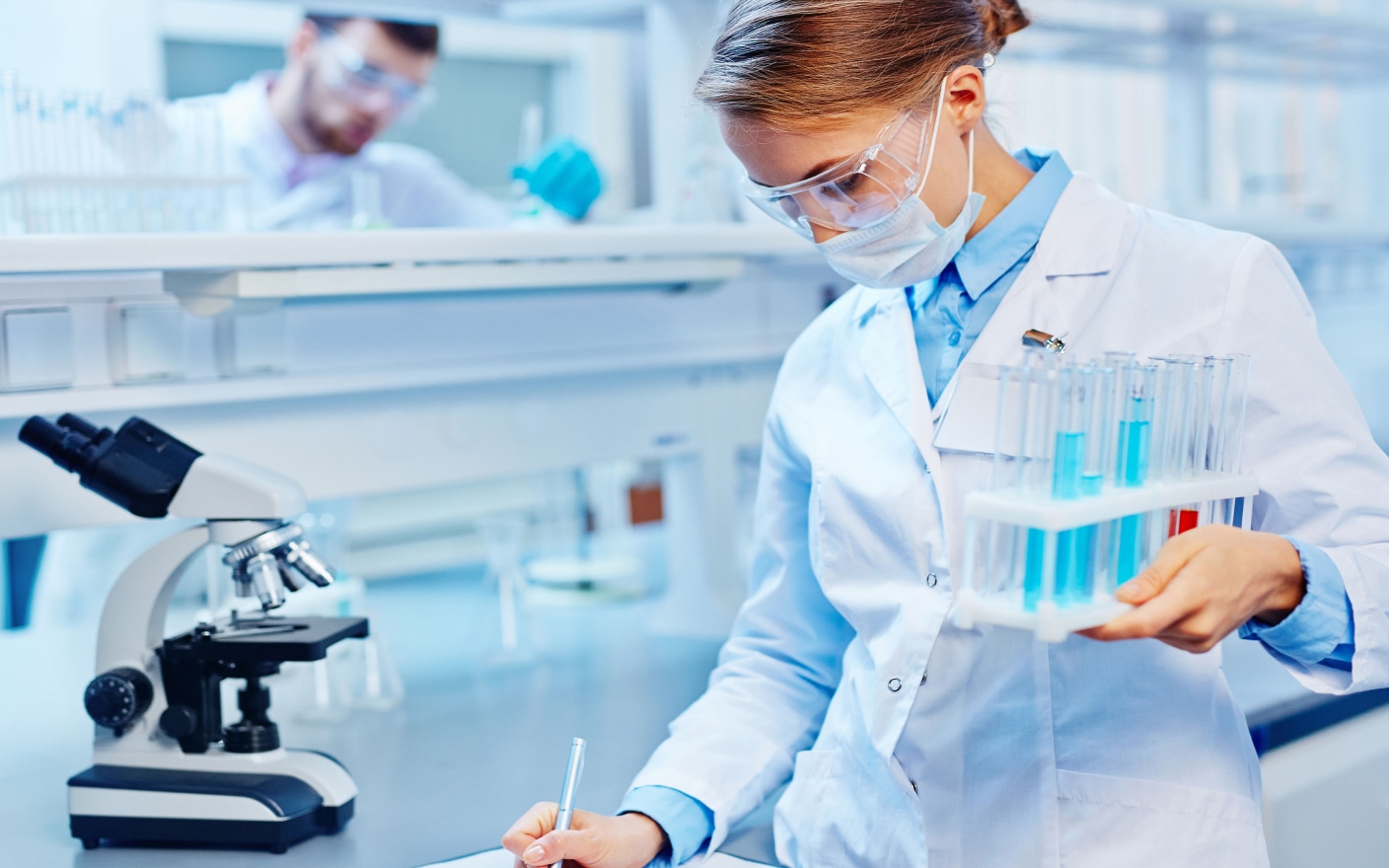Oral formulations have become a preferred choice in drug administration, accounting for 66% of FDA approved drugs in the past decade due to their good compliance. However, it has been observed that food can influence the pharmacokinetic (PK) data of 40% of these orally administered drugs[1]. The regulatory guidance document, "Guidance for Food Effect Studies in Drug Development", explicitly states that drug-food interactions can significantly affect the safety and efficacy of drugs. This is due to the potential impact of food on drug absorption and systemic exposure, leading to changes in the drug's safety and efficacy.
By sharing specific experimental cases in this article, we aim to study the potential effects of food on the absorption and digestion of orally administered formulations in large animals. The goal is to provide a comprehensive understanding of how food can alter the performance of oral formulations in preclinical pharmacokinetic in vivo studies.
Overview of the food effects on the pharmacokinetics of drugs
In the early stages of clinical research and development, the influence of high-fat food on the pharmacokinetics of new drugs should be evaluated first. If the results suggest an impact, further studies are needed to assess the influence of low-fat food on pharmacokinetics [1,2].
Before conducting key experiments on drug safety and efficacy, it is important to assess the impact of food on the new drug's formulations used in clinical trials. This evaluation is necessary to decide whether it should be taken before or after meals [1,2].
When the safety or efficacy of a drug is affected by food, requiring administration during fasting, relevant experimental studies on food effects should be conducted. The timing interval between drug administration and meals should be determined based on the drug’s pharmacokinetic characteristics [3].
As shown in Figure 1, food effects can be classified into three scenarios. Taking the AUC (area under the curve) of a certain compound under fasting conditions as the reference value, the first scenario shows that the AUC essentially remains unchanged after meals, with an increased Tmax. This scenario suggests that there is no influence between food and the compound. The second scenario demonstrates a significant decrease in AUC after meals, indicating a negative impact. Conversely, the third scenario shows a significant increase in AUC after meals, suggesting a positive correlation between food and the drug.

Figure 1. Three scenarios of food effect [4]
As shown in Figure 2, the impact of food on drugs can be categorized into non-specific and specific factors. Non-specific factors have universality, such as gastrointestinal conditions, and the ADME (absorption, distribution, metabolism, and excretion) processes of drugs. Gastrointestinal conditions encompass factors such as the volume of fluid in the gastrointestinal tract, gastrointestinal dynamics, pH values, etc., which are also the main focus of this study. Specific factors, for instance, include furanocoumarins in grapefruit juice, which can inhibit the activity of cytochrome P450 3A4 enzyme and P-glycoprotein (P-gp) protein. This thereby affects drugs metabolized by CYP3A4, such as cyclosporine and nifedipine, leading to drug accumulation and severe adverse reactions [3]. Another example is the well-known tyramine reaction, where consuming foods rich in tyramine (such as cheese, broad beans, and red wine) while taking monoamine oxidase inhibitors can cause symptoms like headache, nausea, vomiting, chest tightness, restlessness, palpitations, and increased blood pressure. In severe cases, it can even lead to a sudden dramatic increase in blood pressure and cerebral hemorrhage [5].

Figure 2. Types of food effects on drugs [4]
Research methods of food effects on drugs
In general, the evaluation of food effects on drugs can be conducted through two main categories of methods: in vitro and in vivo.
#1 In vitro methods
In formulation development , physiological simulated media such as FeSSGF (Fed State Simulated Gastric Fluid) and FASSGF (Fasted State Simulated Gastric Fluid) can be prepared to mimic the gastric and intestinal conditions during fasting or fed states. These media are used to assess the impact of different gastric fluid pH values and changes in bile salt concentrations on drug dissolution and solubility . One major drawback of this method, compared to in vivo approaches, is the inability to accurately predict the effects of different gastric emptying times [6].
#2 In vivo methods
In in vivo studies, food effects are often examined through pharmacokinetic (PK) experiments in dogs and monkeys. The advantage of these species is that their gastrointestinal environments are closer to humans compared to other species, and the methods of administration are also more similar to those in humans, such as giving tablets or capsules of the same size as those used in clinical trials. Additionally, the diet formula and eating habits of dogs are more similar to humans. On this basis, pre-treatment of dogs with pentagastrin or famotidine can be used to lower or increase the pH of gastric fluid and maintain consistency, thereby investigating the food effects mediated by pH values [6].
Effects of food on animal physiological parameters
As shown in Figure 3, after oral administration, drugs first reach the stomach, where they dissolve and release under the participation of gastric fluid. They then pass through gastric emptying to reach the intestines, where the dissolved drugs are absorbed into the capillaries through various mechanisms. They are then collected in the portal vein and metabolized in the liver. Drugs that are not metabolized diffuse throughout the body to produce their corresponding effects [7]. After food intake, the gastrointestinal tract of animals can influence the pharmacokinetic properties of orally administered drugs through the following three major ways.
![The impact of food on drugs in the body [7] FPM: first pass metabolism](https://wuxiapptec-dmpkcatalog-prod.oss-cn-shanghai.aliyuncs.com//upload/image/20240724/491226391725113.jpg)
Figure 3. The impact of food on drugs in the body [7] FPM: first pass metabolism
#1 Altering the gastric emptying time and intestinal transit time
Food can prolong or shorten the gastric emptying time and intestinal transit time of drugs, thereby affecting the absorption time of drugs. The absorption of drugs can be viewed from both longitudinal and transverse dimensions. Longitudinally refers to the process of drugs moving from the upper to the lower gastrointestinal tract, while transversely refers to the process of drug molecules crossing the gastrointestinal wall and entering the bloodstream. The longitudinal movement of drug formulations requires a certain amount of time, and the total amount of drug molecules moving transversely into the bloodstream during this time constitutes the total degree of absorption. The prolongation or shortening of gastric emptying and transit provides more or less time for the transverse movement of drug molecules, thus affecting drug absorption[8].
#2 Increasing the dissolution and release
After food intake, the pH in the stomach of beagle dogs undergoes dynamic changes. In a short period, due to the increase in gastric contents, the gastric pH ranges from approximately 4 to 5. As gastric acid secretion increases, the gastric pH gradually decreases to around 1 to 2. For compounds with pH-dependent solubility, changes in gastrointestinal pH directly affect their dissolution and absorption. The intestine contains bile and pancreatic fluid. The bile salts in the bile can emulsify fats into small particles and pancreatic enzymes in the pancreatic fluid can break down fats into glycerol and fatty acids. Together, they can significantly enhance the dissolution of lipophilic compounds [9].
#3 Altering the permeability
After food intake, the volume of gastrointestinal fluids in animals significantly increases, leading to the dilution of drug solutions. The passive diffusion of drugs from the intestinal lumen to the bloodstream principally relies on concentration gradient differences, with changes in gastrointestinal fluid volume mediating passive diffusion which can transform into transmembrane drug absorption. However, the intake of high-fat food can enhance the absorption of lipophilic compounds. This is because food stimulates the secretion of pancreatic fluid and bile. Pancreatic enzymes in the fluid break down fats into triglycerides, and when mixed with bile salts, they form mixed micelles. This process facilitates the distribution and absorption of lipophilic compounds, thereby increasing their absorption within the body.
Case studies on in vivo assessment of food effects on drugs
Dogs and monkeys exhibit differences in gastric pH and gastric emptying time compared to humans under fasting and fed conditions. As shown in Table 1, under fasting conditions, the gastric pH in monkeys is closer to that of humans, around 1 to 2, while dogs exhibit a larger pH variation ranging from 2.7 to 8.3. After food intake, there is significant individual variation in gastric pH in monkeys, while the gastric pH in dogs is acidic, ranging from 2 to 4. The gastric emptying time is similar among the three species, with no significant differences, typically around 3 hours. Gastric emptying is clearly related to the amount of food intake and its composition [8-11].
Parameter | Human | Monkey | Dog | |||
Fasted | Fed | Fasted | Fed | Fasted | Fed | |
pH (stomach) | 1.4 – 2.1 | 5–7 | Similar to human | Variable | 2.7 – 8.3 | 2-4 |
Gastric emptying (solid meal) | 8–15 min | 1–3 h | Similar to human | 3 h | Similar to human | 3 h |
Table 1. Comparison of pH values and gastric emptying time [8-11]
In a case involving a weakly basic compound, oral administration to fasting dogs resulted in up to a 34-fold difference in AUC among animals within the group, and individual differences in Cmax exceeded 10-fold. After adjusting the experimental design to administer the drug post-feeding, AUC and Cmax increased by 2.2-fold and 4-fold, respectively, and the difference in Cmax among animals within the group reduced to less than 2-fold.
In another case involving the oral administration of a lipophilic drug to dogs, replacing the regular feed (maintenance diet) with a high-fat diet (FDA-recommended high-fat diet formulation for clinical use) under the same experimental design increased both AUC and Cmax by 2-fold. Similar results have also been frequently observed in other similar projects.
Additionally, literature[6] suggests that a high-fat diet can enhance lymphatic transport, further increasing drug absorption.
Summary
The impact of food on drugs is an important consideration in the development of oral medications. Food can alter the gastrointestinal or physiological environment, affecting the dissolution, absorption, and distribution of acidic or lipophilic compounds. To avoid the complexity of later-stage drug development caused by different types of food, it is necessary to evaluate the differences in exposure levels of preclinical formulations under different food conditions as early as possible. Efforts should focus on minimizing the impact of food and controlling the bioavailability and safety of drug dosage. This article provides a brief discussion of the impact of food on drug absorption and distribution in animals.
Leveraging years of experience and expertise, WuXi AppTec DMPK can offer multiple comprehensive design strategies and efficiently execute experiments to assess the impact of food on compound absorption and distribution in animals, thereby accelerating the development process of oral drugs."
Talk to a WuXi AppTec expert today to get the support you need to achieve your drug development goals.
Authors: Jiarui Yu, Jacob Zhi Chen, Chao Zhang, Zhihai Li, Shoutao Liu
Committed to accelerating drug discovery and development, we offer a full range of discovery screening, preclinical development, clinical drug metabolism, and pharmacokinetic (DMPK) platforms and services. With research facilities in the United States (New Jersey) and China (Shanghai, Suzhou, Nanjing, and Nantong), 1,000+ scientists, and over fifteen years of experience in Investigational New Drug (IND) application, our DMPK team at WuXi AppTec are serving 1,600+ global clients, and have successfully supported 1,500+ IND applications.
Reference
[1] Biopharmaceutics Applications of Physiologically Based Pharmacokinetic Absorption Modeling and Simulation in Regulatory Submissions to the U.S. Food and Drug Administration for New Drugs[J]. Wu Fang; Shah Heta; Li Min; Duan Peng; Zhao Ping; Suarez Sandra; Raines Kimberly; Zhao Yang; Wang Meng; Lin Ho pi; Duan John; Yu Lawrence; Seo Paul.The AAPS Journal,2021(2).
[2] FDA. Guidance for Industry: Assessing the Effects of Food on Drugs in INDs and NDAs-Clinical Pharmacology Considerations, 2019.
[3] Gu C H, Li H, Levons J, et al. Predicting effect of food on extent of drug absorption based on physicochemical properties [J]. Pharm Res, 2007, 24(6): 1118-1130.
[4] Koziolek, Alcarob M, Augustijns S, et al. The mechanisms of pharmacokinetic food-drug interactions–A perspective from the UNGAP group[J]. European Journal of Pharmaceutical Sciences, 2019.
[5] 章冉冉, 阳国平, 荆宁宁,等. 食物对细胞色素P450药物代谢酶的影响[J]. 中国临床药理学与治疗学, 2014, 19(2):200-0.
[6] Zhang T, Wells E.A Review of Current Methods for Food Effect Prediction During Drug Development[J]. Current Pharmacology Reports, 2020, 6(4):1-13.
[7] O'Shea J P, René Holm, O'Driscoll C M, et al. Food for thought: formulating away the food effect - a PEARRL review[J]. Journal of Pharmacy and Pharmacology, 2018, 71(Suppl. C).
[8] Mahar K M, Portelli S, Coatney R, et al. Gastric pH and gastric residence time in fasted and fed conscious beagle dogs using the bravo pH system[J]. Journal of Pharmaceutical Sciences, 2012, 101.
[9] Akimoto M , Nagahata N, Furuya A , et al. Gastric pH profiles of beagle dogs and their use as an alternative to human testing[J]. European Journal of Pharmaceutics & Biopharmaceutics, 2000, 49(2):99-102.
[10] Koziolek, MirkoGrimm, MichaelBollmann, TabeaSchaefer, Kerstin J.Blattner, Simone M.Lotz, RalfBoeck, GeorgWeitschies, Werner. Characterization of the GI transit conditions in Beagle dogs with a telemetric motility capsule[J]. European journal of pharmaceutics and biopharmaceutics : official journal of Arbeitsgemeinschaft fur Pharmazeutische Verfahrenstechnik e.V, 2019, 136:221-230.
[11] Zane P , Guo Z , Macgerorge D, et al. Use of the pentagastrin dog model to explore the food effects on formulations in early drug development[J]. European Journal of Pharmaceutical Sciences Official Journal of the European Federation for Pharmaceutical Sciences, 2014, 57:207-213.
Related Services and Platforms




Stay Connected
Keep up with the latest news and insights.











